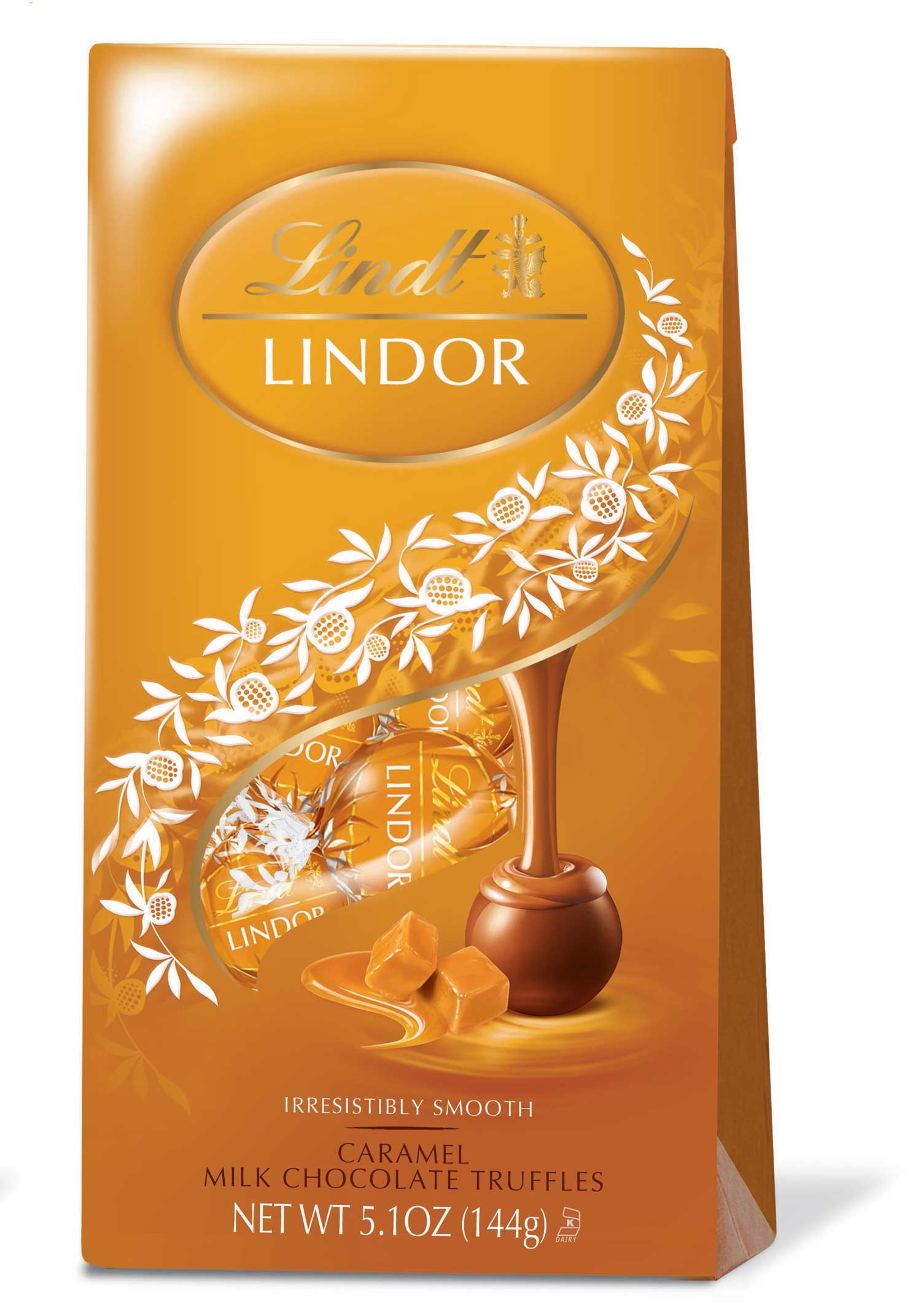It was, therefore, a bad time to see this on the store shelf:
I am surprised that I didn't start eating it right there in that French store!
At the checkout counter, the early-twenties-looking cashier dude tried striking up a chat with me, and was failing miserably. I wanted to advise him not to try so hard at small-talk. If you ain't got it, then don't. But, he tried. If the world gives grades for effort, then he surely earned an A+.
After scanning the heavy and bulky items, he scanned the chocolates.
"I love these" he said.
"Me too."
"But, they are so expensive."
"I agree. But the display said three dollars and I figured why not. Especially when there are fifteen pieces, which then works out to only twenty cents a piece."
He stopped scanning.
He looked at the chocolates. He thought about something.
Clearly there was something going on, or going wrong.
"That is way too much math for me to do" he finally declared.
I wanted to teach him the simple math right there. "How much is 2 over 1?" would have been my first step. He might have found it a torture. I imagined Winston Smith volunteering the answer to 2+2 as 5.
I simply smiled instead.
No French store. This is America alright!
After reaching home, I hunted down the news item from a few months ago:
When it comes to literacy, adults in the U.S. trailed those in 12 countries and only outperformed adults in five others. The top five countries in literacy were Japan, Finland, the Netherlands, Australia and Sweden.At least we are better than Italy and Spain. Wait; they are the ones with budget problems and they have math issues. Now it figures, and why our budgeting is messed up too ;)
U.S. adults did worse in mathematics, where they trailed 18 countries and beat just two — Italy and Spain.
If only that dude knew that twenty cents for an awesome chocolate is one sweet deal that won't be around for long!

3 comments:
Yes, maths is a challenge to many. This is another of those areas that is usually taught abysmally. It should be easy for a teacher to spark interest in maths and yet they do a superb job of repelling almost everybody.
By the way, interested to note that you dig redheads of any age, but do not go for twenty something dudes :):)
Calculating the price per piece reminds me of the time when I came to this country as a student...I would convert everything to Rupees :).
One key difference is also that we used cash in India to buy stuff...growing up, I learnt doing all the math in my head due to how I applied it in daily life. Here, we swipe cards and kids never see cash transactions. We are starting to do that now - we take $1 bills and go to farmer's market with the daughter and have her pay for all groceries.
Lindt is YUM :)!
A tragedy, indeed, that we can't seem to get kids excited about math. The kids that we once were, Ramesh, did we find math cool because we had any natural aptitude, or was that further bolstered by good teachers? I loved Vimala Sitaraman's math teaching ...
Yes, Shachi, those were fun times to constantly convert to rupees ... and I catch myself doing that now when in India--expenses I seem to want to know in $$$ equivalents ;)
You bring up a good point about kids thinking that we pay for goods by magically swiping a card. The physical aspect of paper currency and coins and engaging in transactions is a cool way to teach kids both about math and managing finance, I would think ...
Post a Comment